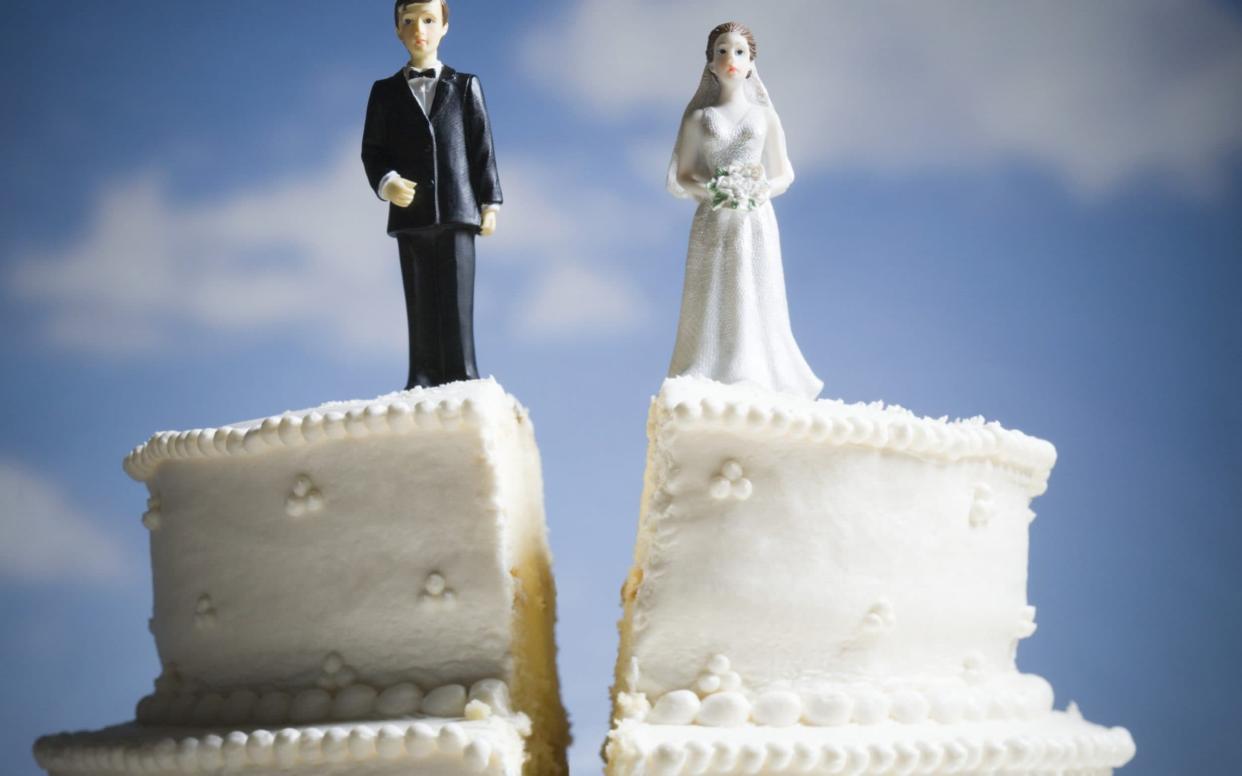Married outweigh the unwed – just – but the numbers continue to decline

The number of people staying married is dropping, the Office for National Statistics has revealed, with “marked decline” among “silver splitters” over the last decade.
The largest drop was in the numbers married or in a civil partnership among people aged between 50 and 69.
In 2009, 72.5 per cent of people in this age group were married, but that fell to 67 per cent in 2019.
The ONS study of marital status in England and Wales found the over-70s moving in the opposite direction – the proportion married rose by 3.8 percentage points over the decade to 54.8 per cent.
The increase was most pronounced for married women over 70, with those who were married increasing from 37.9 per cent in 2009 to 43.8 per cent 10 years later. The ONS said this trend was most likely due to improving life expectancy for men, meaning husbands were surviving longer.
However, the latest figures also showed that the overall proportion of people getting married is falling, with people generally waiting longer to tie the knot.
Latest statistics showed over half of adults aged 16 and over in England and Wales, 50.4 per cent, were married or in a civil partnership in 2019, down from 52.2 per cent in 2009.
While those married outweigh the unwed, the proportion is “steadily declining” across all age groups except for the over-70s.
Amanda Sharfman, from the ONS’s Centre for Ageing and Demography, said: “Married remained the most common marital status, accounting for just over half of the population in 2019, but this proportion is steadily declining except among those aged 70 years and over.
“In particular, females in their 70s were more likely to be married than a decade earlier. They were also more likely to be divorced, and less likely to be widowed.
“This reflects improvements in life expectancy over time, as well as an increase in marriages and divorces in later life.”

 Yahoo News
Yahoo News 
